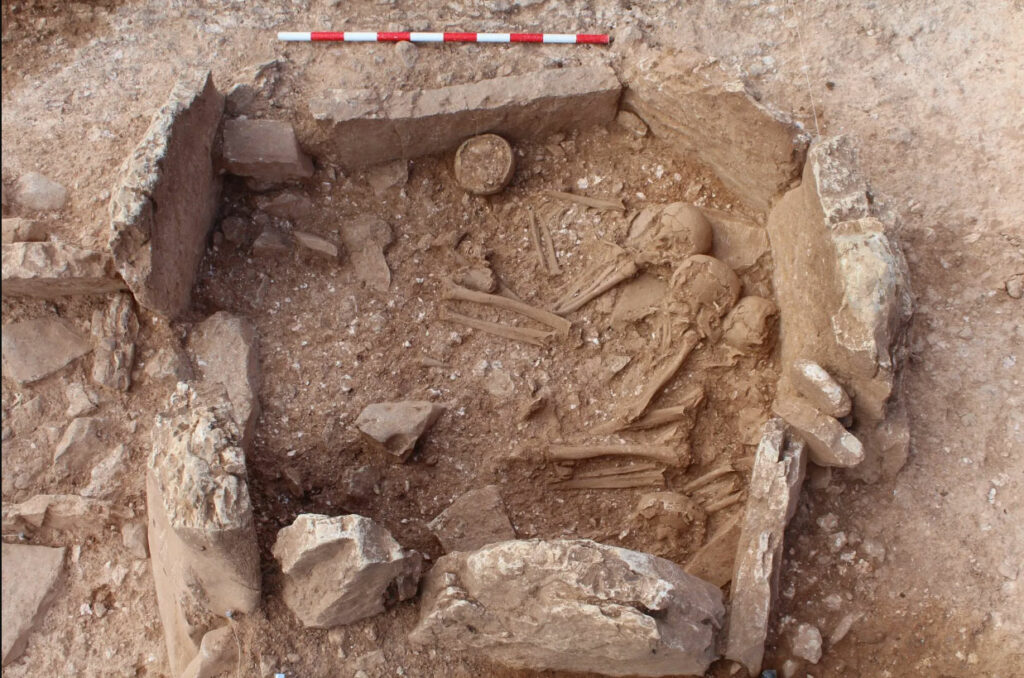GRANADA, SPAIN—According to a statement released by the University of Granada, more women than men were buried in southern Spain’s megalithic necropolis of Panoría, where human remains were interred in collective burials between 4,100 and 5,600 years ago. Nine of the 19 graves identified at the site have been excavated, yielding more than 55,000 bones. Researchers led by Díaz-Zorita Bonilla Marta of the University of Tübingen were able to identify chromosomal sex through DNA analysis of the remains, and through the analysis of a protein found in tooth enamel. The study indicates that twice as many women were buried in all of the analyzed graves at the site. As for children, 10 girls were interred for every boy. Because the practice persisted throughout the time that the necropolis was in use, it is unlikely that the over-representation of females in the burials was the result of an unpredictable event, the researchers explained. Rather, Marta and her colleagues think that family relationships and burial practices in the community may have been organized around maternal lines. Read the original scholarly article about this research in Scientific Reports. To read about one of the largest and oldest megalithic complexes in Europe, go to "Around the World: Spain."
